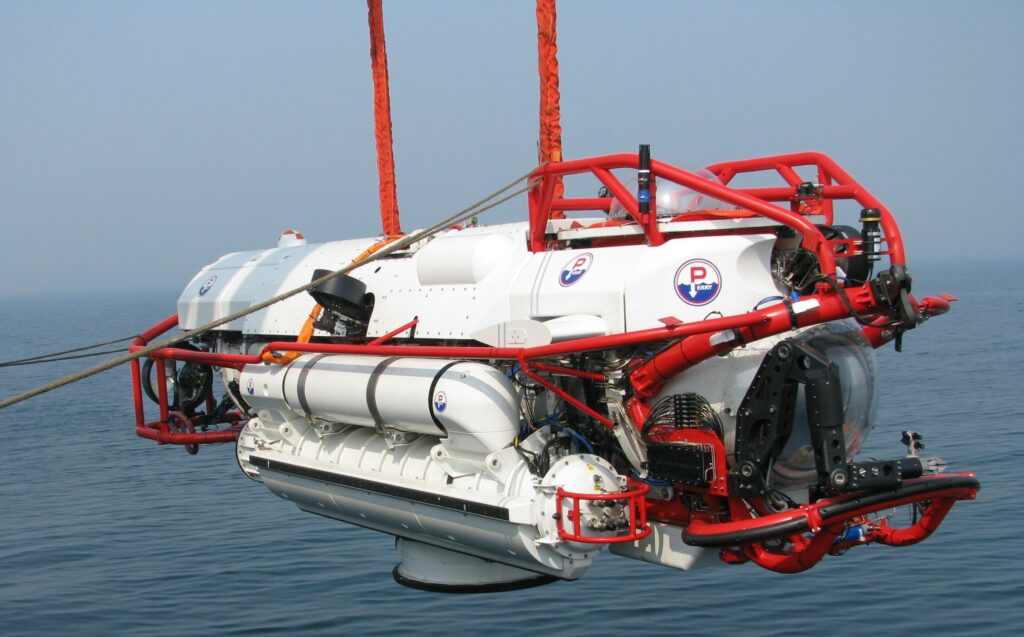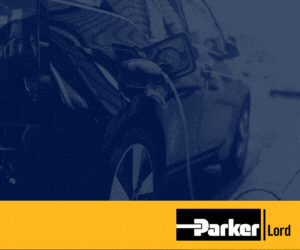Submarine lessons for battery EV fire safety

Fires aboard the car carriers Felicity Ace and Freemantle Highway, which were transporting battery EVs, should concentrate minds in governments, regulators and industry – regardless of whether the fires were caused or sustained by thermal runaways in the batteries (writes Peter Donaldson).
Their focus should be on the prospect of a similar fire breaking out in a crowded parking lot under a residential or commercial building or in a busy urban area, and the prospect of it causing mass casualties. While all the crew escaped from Felicity Ace, one man died on the Freemantle Highway, and the general public won’t have the benefit of regular emergency drills and engineered escape systems that professional seafarers do.
For the record, the duration of the fires – Felicity Ace burned for almost 2 weeks and Freemantle Highway for almost a week – and a leaked photograph of a burned-out car strongly resembling a well-known high-end EV aboard the latter, suggests that large lithium-ion batteries were at least involved.
The fact that both fires burned out rather than being extinguished points in the same direction. Despite the fact that battery EVs are no more likely to catch fire than IC-engined vehicles, the fires are much more dangerous because they are harder to extinguish – thermal runaway releases both flammable compounds and oxygen – and because they create a cocktail of hazardous chemicals.
Among these chemicals are lithium metal oxides that can release lithium ions, which can react with moisture in the air to form corrosive lithium hydroxide. If this comes into contact with skin, eyes or mucous membranes it causes irritation and burns.
Others include flammable electrolyte solvents such as ethylene carbonate, dimethyl carbonate and diethyl carbonate, whose vapours can irritate the respiratory tract and affect the central nervous system. Some batteries can also produce hydrogen fluoride gas, which is extremely corrosive and can cause severe burns to the skin, eyes and respiratory tract, and damage the lungs if inhaled.
With NMC battery chemistries, a further associated hazard is cobalt and its compounds, which can become airborne. Inhalation of cobalt dust, fumes or vapours can cause coughing, shortness of breath and chest pain, while long-term exposure to high levels of cobalt can damage areas such as the cardiovascular and reproductive systems. And this is not an exhaustive list.
The industry’s ongoing efforts to improve battery safety, therefore, seem even more urgent. Most of those efforts, however, are aimed at prevention and retardation of a thermal runaway and subsequent fire, not at managing the products emerging from the complex chemical reactions involved. This takes a higher level of systems thinking and engineering that extends well beyond the battery pack.
Such thinking can be found in submarines, for example. Japan’s navy already operates non-nuclear submarines with lithium-ion instead of lead-acid batteries, and is procuring more, while European submarine builders have their own development programmes.
Submarines are a special case, because they are closed systems (almost) with robust, redundant and well-proven atmosphere control systems, but a few fundamental design requirements set out early in a Swedish project are instructive. One stipulation is that the system must be tolerant of a worst case single-cell fault; another is that a single-cell fault must not cause a cascading fault, and a third is that the emissions from such a fault must be contained, and not released into the submarine’s atmosphere.
Whether or not emissions containment proves practical in an EV, managing those emissions and protecting the public from them has to be considered. The conclusions could have a major impact on fire safety measures in buildings, regulations governing the use of chargers in confined spaces (both public and private) and even whether EVs are allowed into enclosed public parking structures. That may be unpalatable, but the Felicity Ace the Freemantle Highway are warnings of much worse.
ONLINE PARTNERS


























